Europe
Europe
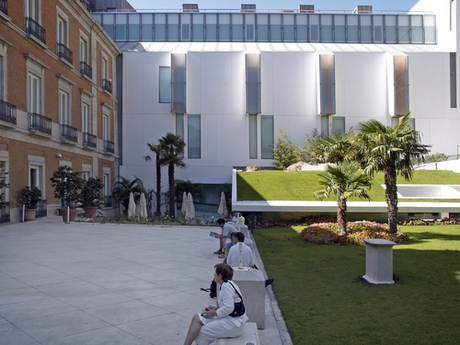
Occupying a Neo-Classical mansion from 1806, many critics see this museum as the world's most important private art collection. Assembled by Baron Heinrich Thyssen-Bornemisza and his son Hans Heinrich, it illustrates the history of Western art from the primitive Flemish and Italian painters, to 20th century Pop Art.
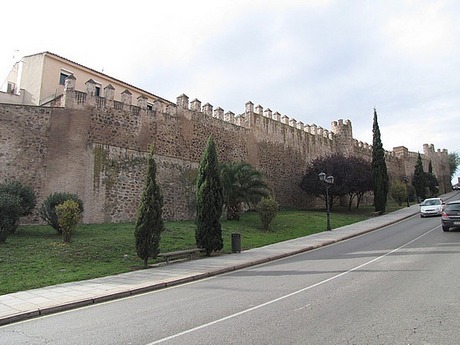
There is a lot of history in Madrid, and if you are the type of person who likes to see their history up close and personal, then a visit to the Arab Wall could be the perfect day out for you. Madrid's original murallas or Arab city walls can still be seen in the Parque del Emir Mohamed I, next to Cuesta de la Vega, just behind the Cathedral.
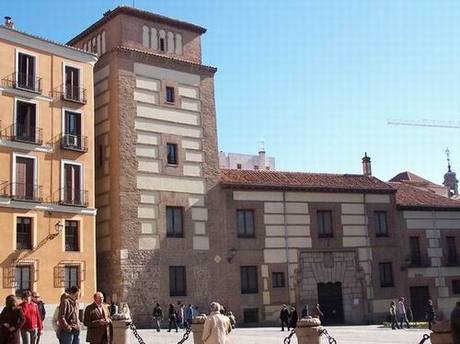
In Plaza de la Villa you will find the Lujanes Tower House, a palace from the 15th Century built in Mudejar style using brick and masonry on the façade. It has an irregular floor plan and a large central patio. The main feature is the tower, which is also one of the most outstanding elements in the square. Tradition has it that in the 16th Century this site was used as a provisional prison under French Monarch Francisco I. It is currently the site of the Royal Academy of Moral and Political Science and of the Royal Economic Society for Friends of Madrid. The building is not open to the public.
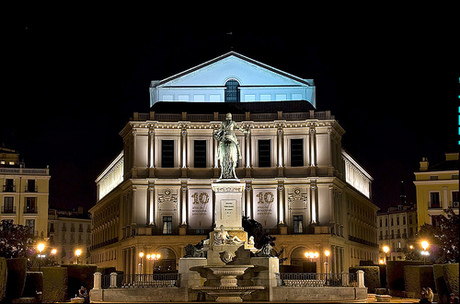
The Teatro Real, or Royal Theatre, in Madrid is located in front of the Royal Palace, between the two plazas, or squares, of Plaza de Isabel II and Plaza de Oriente, and right next to the famous Café de Oriente. It stands where the old theater of Los Caños del Peral once stood. Los Caños del Peral was built in 1708 and was pulled down when almost a ruin in 1818 to make way for the new Teatro Real.
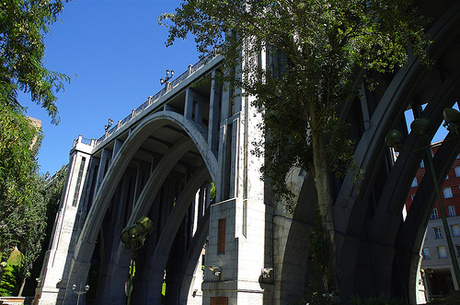
The "Viaducto de Segovia" is an easily recognizable landmark in Madrid, rising to a maximum height of 23 meters above the ground. The viaduct as it stands is relatively modern. Work was completed on the structure, which spans Calle de Segovia in the west of the city, in 1934. However, it has a much older and more interesting history.
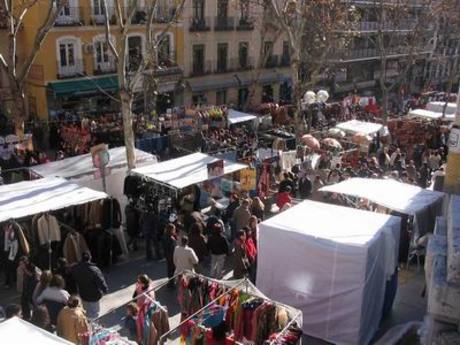
Madrid's largest open air flea market, "El Rastro" is held from 9am to 3pm in the historic center of Madrid every Sunday, and also on public holidays, attracting as many locals as tourists, and offering a variety of products both new and old.
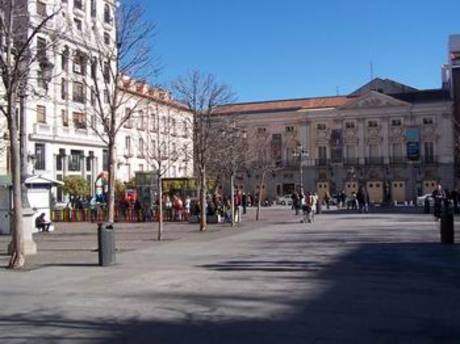
The Plaza de Santa Ana, together with the nearby small streets which make up the Huertas district, is one of Madrid's most lively and vibrant areas, with hundreds of tapas bars, terrace cafes, pubs, restaurants and Irish bars all within a relatively small area. The square itself is located just a short walk from both the Plaza Mayor and the Puerta del Sol. It is also possible to walk to Madrid's main museums from here, making this area an ideal location to stay in the city.
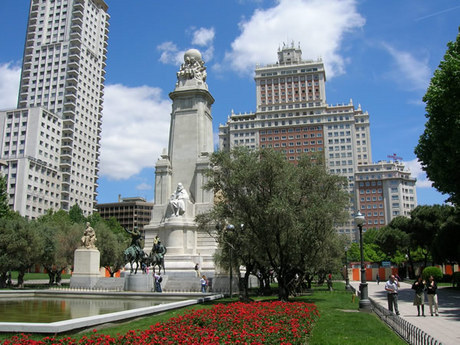
Plaza de España is a large square and popular tourist destination, located in central Madrid, Spain at the western end of the Gran Vía. It features a monument to Miguel de Cervantes Saavedra, and is bordered by two of Madrid's most prominent skyscrapers. Also, the Palacio Real (Royal Palace) is a short walk south from the plaza.
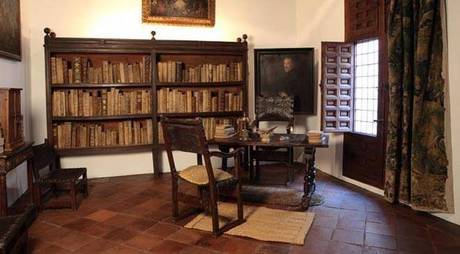
The Lope de Vega House Museum can be found in the Literary Quarter, in the building where the writer and his family lived between 1610 and 1635. The aim was to recreate an environment in which Lope's presence could be felt, evoking daily life during the Golden Age with areas such as the dais, study, chapel, bedrooms, garden and vegetable plot. Created in 1935, the museum contains art works, books, household items and 17th century furniture from various museums and institutions.
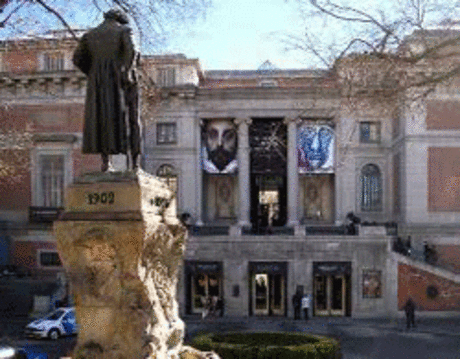
The Goya Museum houses the remains of renowned Spanish artist Francisco de Goya. Goya was commissioned to decorate the once chapel and completed a series of mesmerizing frescoes in just 120 days. The chapel eventually became a museum in 1928 and featured works from the artist dating from the 18th Century. The museum has been declared a national monument since 1905.
 1 2 3 4 5 6 7 8 9 10 11 12 13 14 15 16 17 18 19 20 21 22 23 24 25 26 27 28 29 30 31 32 33 34 3536 37 38 39 40 41 42 43 44 45 46
1 2 3 4 5 6 7 8 9 10 11 12 13 14 15 16 17 18 19 20 21 22 23 24 25 26 27 28 29 30 31 32 33 34 3536 37 38 39 40 41 42 43 44 45 46 
